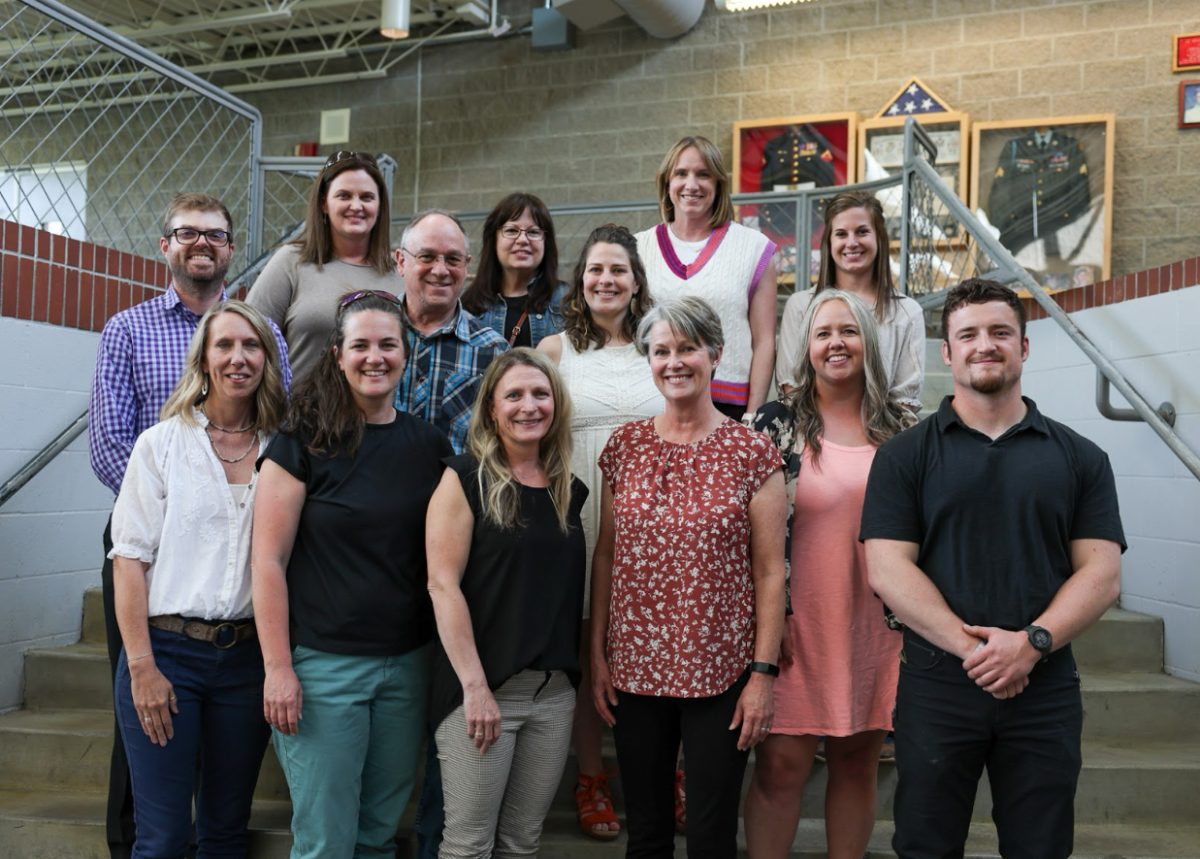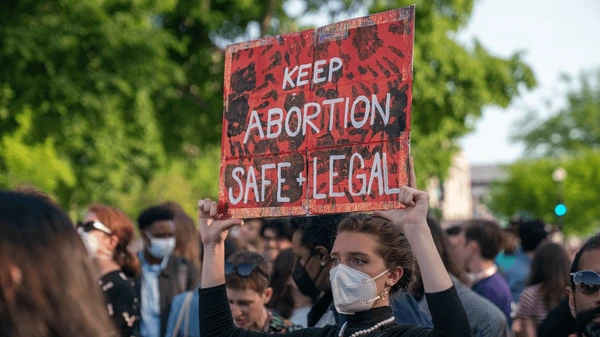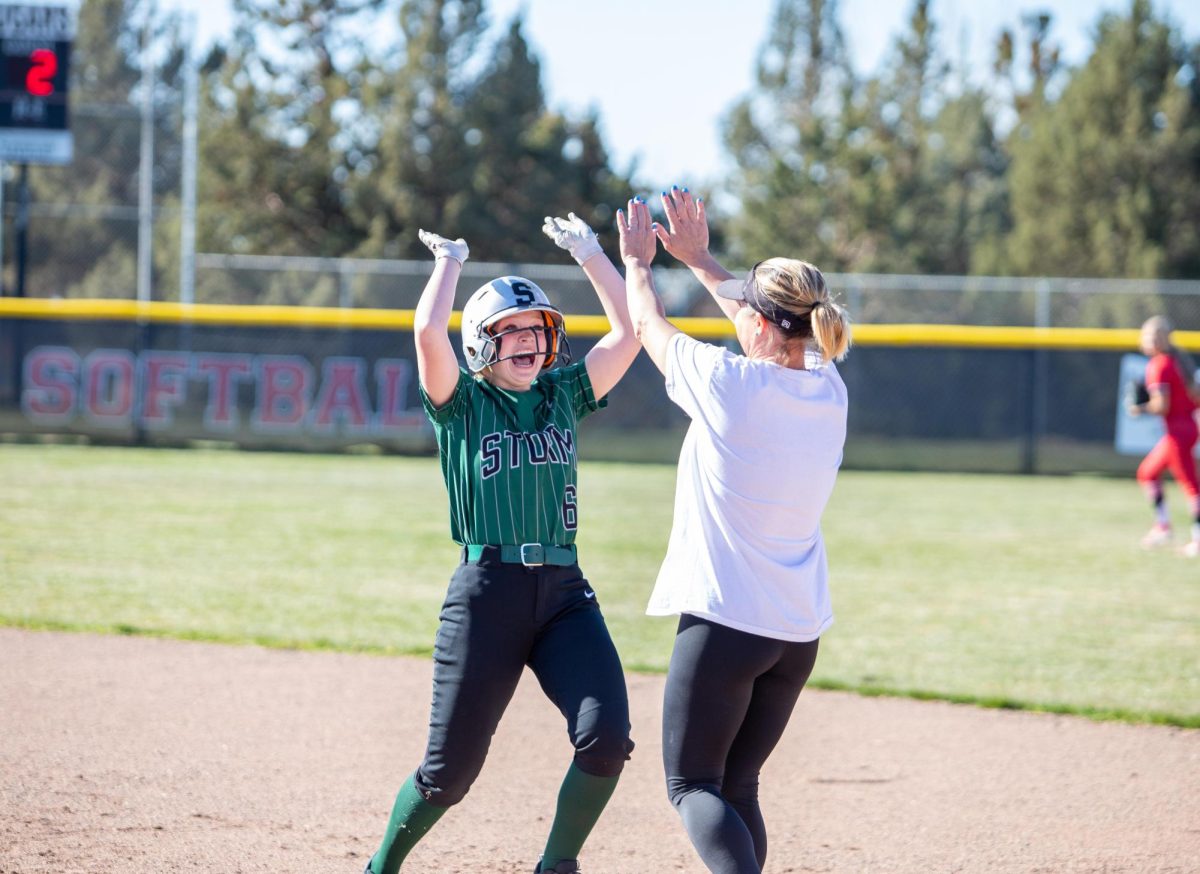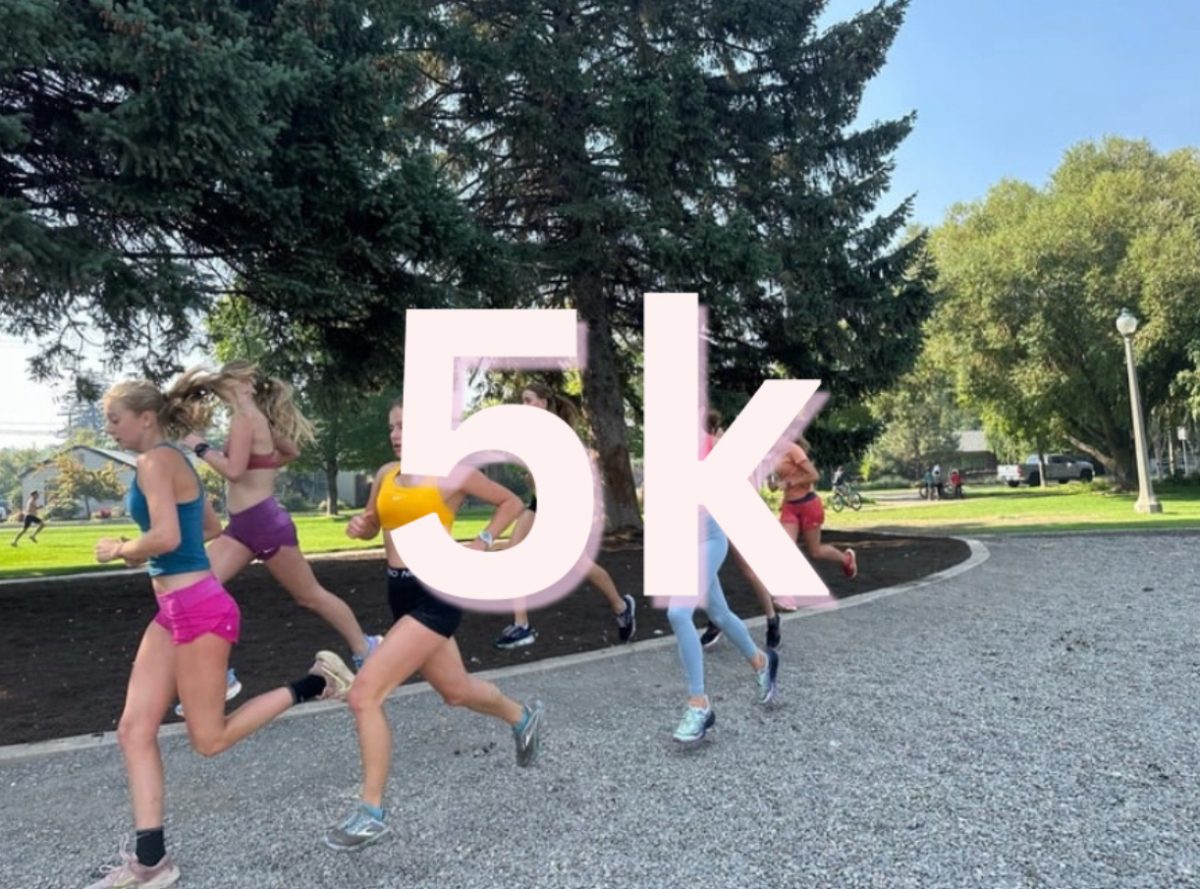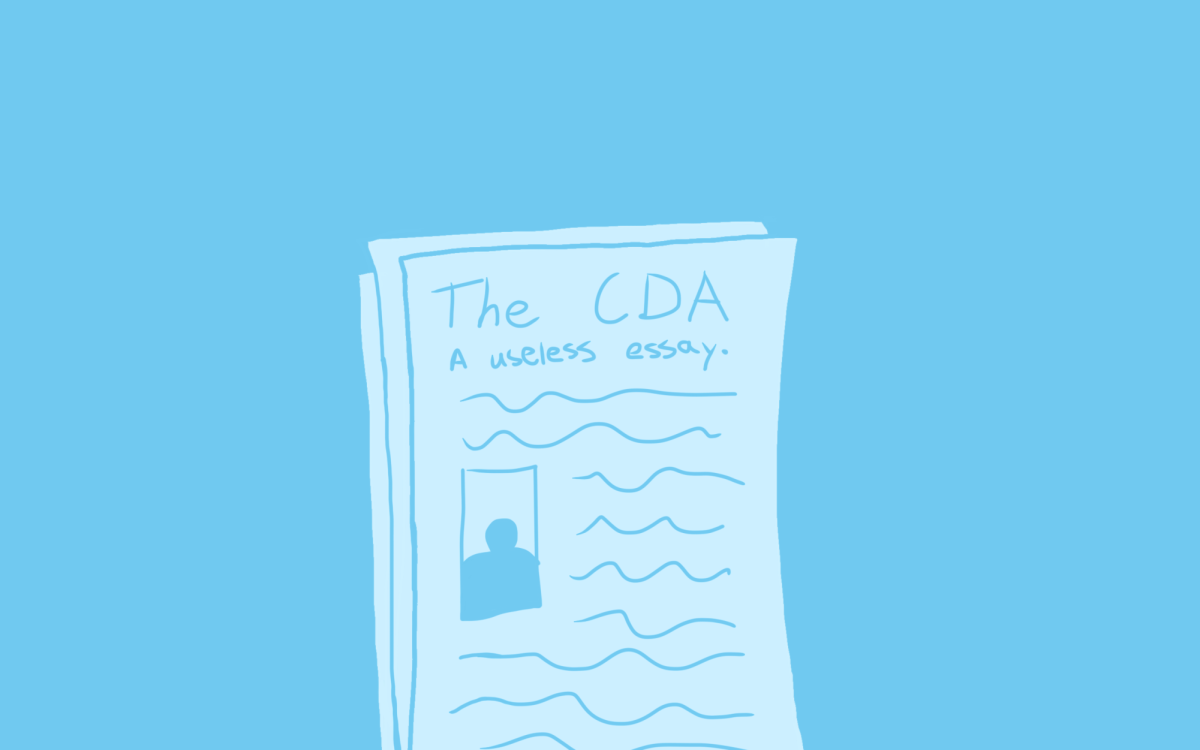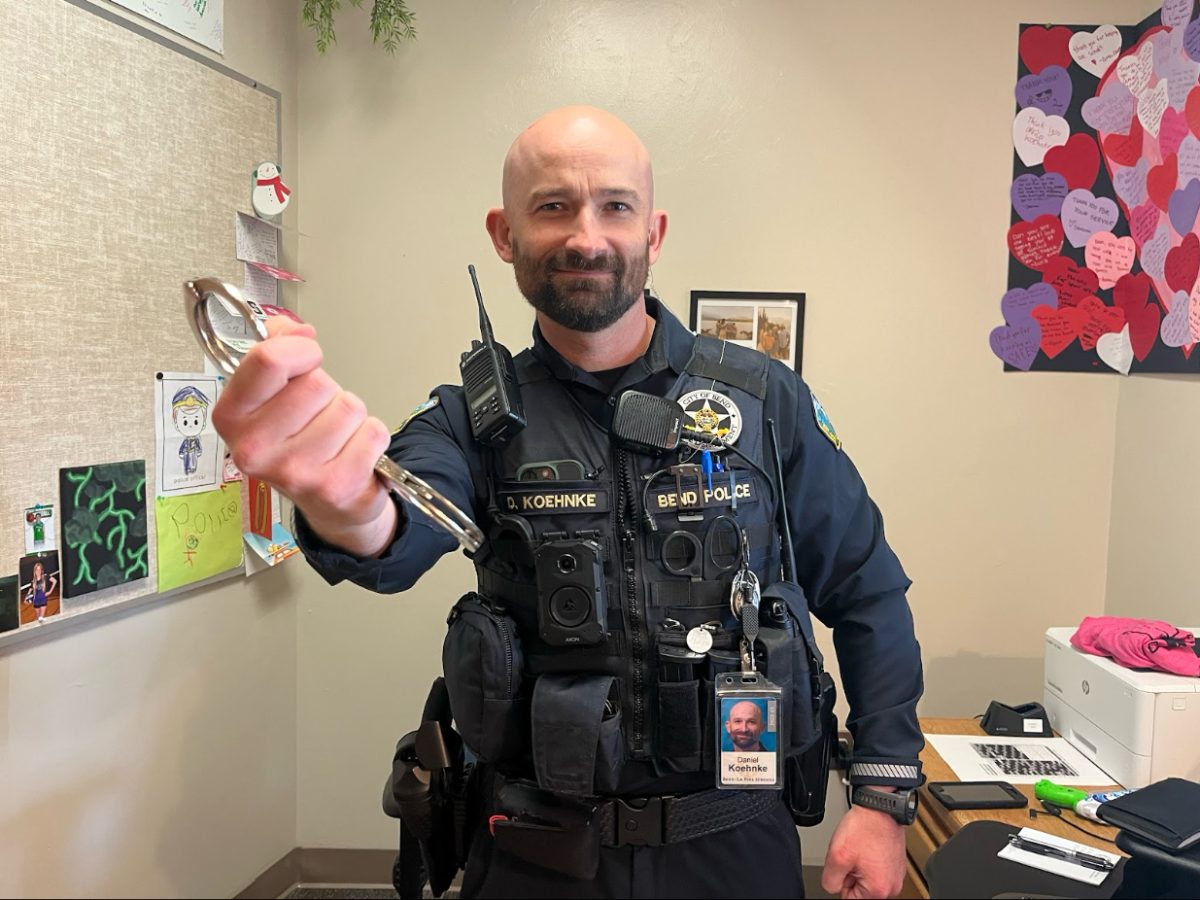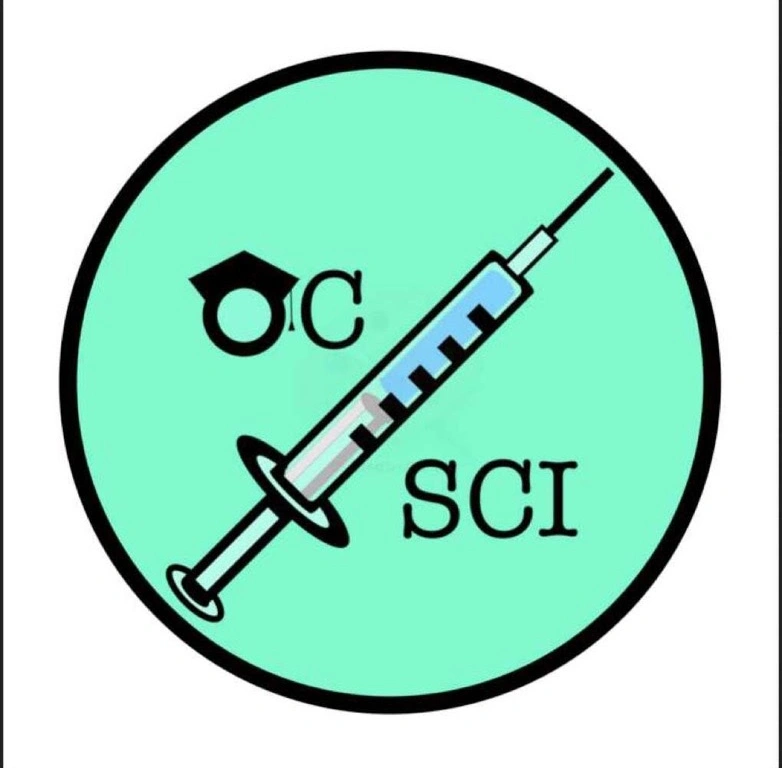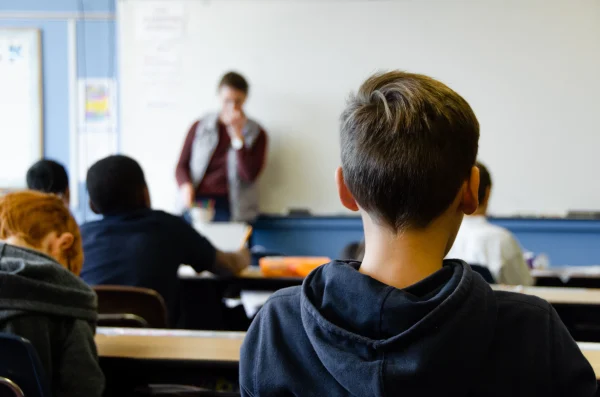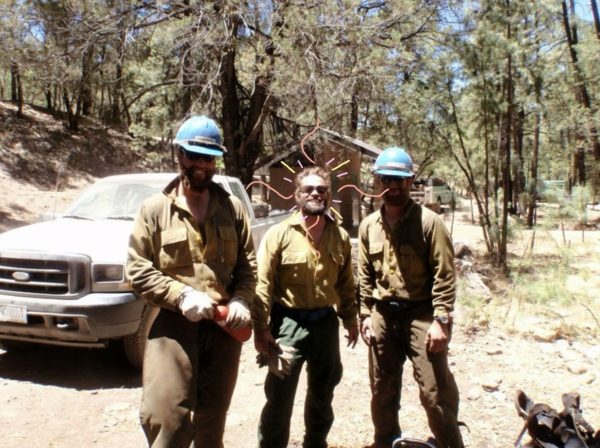OCSCI Advocacy Group Creates Commotion Following Covid-19 Outbreak
The Oregon Coalition for Student Covid-19 Immunization group comes under fire following the release of their mission statement which aims to prioritize student vaccination.
March 6, 2021
As the Summit community recovers from a recent Covid-19 outbreak, questions arise concerning the nature of and response to an outbreak. With the virus spreading among Storm students after only two days of in-person learning, and with at least 52 confirmed cases, a debate grew out of the tumult: Should teenage actions that caused the outbreak be reprimanded, or implicitly condoned with a shortcut to vaccination?
Many argue that as a high-transmission, but low-risk group, students should not receive prioritization for vaccination. The vaccine comes with no guarantee against further silent spreading of the virus.
However, recent studies have shown a significant decrease in transmission from those who have been vaccinated. An article published by the CDC affirmed that, “vaccinated persons with an exposure to someone with suspected or confirmed Covid-19 are not required to quarantine.”
Senior Jack Skidmore believes that because of such research, student vaccination prioritization can significantly decrease the transmission of Covid-19 within the Bend community. With the launching of advocacy group, The Oregon Coalition for Student Covid-19 Immunization (OCSCI), Skidmore intends to flip the narrative by advocating for student inoculation, rather than simply resort to unrealistic and punitive measures..
“We believe there are issues in how vaccine rollout is being considered for students,” Skidmore said.. “The Oregon government has selected certain populations to be included in Oregon’s critical population list, meaning they should be given high priority for vaccinations. OCSCI believes all students ages 16 and up should be included in this list.”
Skidmore sees the move to vaccinate students as a way to keep schools open thus ensure students are learning. “A big part of the school safety procedure is to shut down school when Covid-19 is detected in the population. This places a huge damper on student’s education, our group believes that student vaccinations will be a solution to this problem,” Skidmore said.
Unfortunately, the timing of the release of OCSCI’s mission statement has prompted a direct connection between those who attended the superspreader event on February 6—an indoor, largely unmasked high-school party with some 100 teens—and some of the members of OCSCI. It takes no detective to notice that a majority of those who commented on the page in support of the mission are also people that were photographed at the superspreader party. Considering this, many have questioned the groups motives and expressed distaste over the timing of which the OCSCI mission statement was released.
“The mission of the OCSCI in general, is a blatant disregard to the necessity that is the elderly, immunocompromised and vulnerable individuals priority to receive the COVID-19 vaccine,” an anonymous Summit senior said. “OCSCI states that it is their mission to keep the community safe. I believe that if these students truly wanted in person learning to continue safely and effectively, they would respect the measures put into place months ago and allow the high risk members of the community to receive the vaccine first as scheduled.”
While some of the OCSCI supporters can be characterized as a part of the unsafe minority group, this is not a reflection of OCSCI itself. Bend-LaPine Schools Student Union organizing committee member Jace Bracelin sets apart the OCSCI members from their supporters.
“The criticism that the advocacy group was made so students can go back to partying is in bad faith,” said Bracelin. “I know most of the students that are heading this campaign and they weren’t at that party, they’ve been safe. They’re well educated, they know what to do in the pandemic and they are following the guidelines.”
The student union is focused on creating a campaign that will allow for safe and efficient reopening of schools while advocating for student voices. While Bracelin spoke in favor of OCSCI, he admitted that there are some differences between OCSCI’s mission and his own.
“The prioritization of student vaccinations could be reworked. The student union believes that we should wait for the general public to be able to be vaccinated before we reopen and I believe Skidmore’s organization is advocating for students to be hotlisted onto getting vaccines sooner,” said Bracelin.
This concern seemed to be fluid with most critiques of OCSCI. One comment under the OCSCI launch argued “don’t you think there are loads of people who have yet to get the vaccine that need it a bit more than a highschool student? Like essential workers, teachers, childcare and more?” This concern— along with Bracelin’s main criticism— seems to be an issue of miscommunication and has since been refuted with the rewriting of the OCSCI mission statement.
According to the newly released mission statement, OCSCI “believes students in our state must be considered a high priority for vaccinations. We are not seeking to ‘cut the line’; the elderly, immunocompromised, educators, and frontline workers should be immunized ahead of students.”
“We would like for students to receive vaccinations within the beginning of the general public vaccinations scheduled for April,” OCSCI member Alex Schaffer said.
“While we do not seek prioritization over high risk groups; we believe that as a high transmission group, students should receive priority.”
The World Health Organization SAGE Roadmap For Prioritizing Uses of Covid-19 Vaccines In The Context Of Limited Supply states that in Stage Three of vaccine rollout, priority groups should include “social/employment groups at elevated risk of acquiring and transmitting infection because they are unable to effectively physically distance.” As a high transmission group, highschool students would be included in this population.
“Prioritizing vaccination for students serves as a bulwark against community spread. It’s easy to be vindictive and want to punish high schoolers for unsafe COVID behavior. Unfortunately doing so is counterproductive; failing to vaccinate students jeopardizes the health and safety of those who follow COVID protocol and increases the risk of school spread that harms students and their families,” Schaffer said.
Angered community members have argued that students should not be rewarded with vaccination following the events that caused the outbreak. Bend High Student Amanda Uri commented under the OCSCI launch post, “why so yall can party more?” However, Skidmore reminds the public that those who attended the super spreader event were not the majority but a slim minority.
“While I think many of those who attended the party have learned their lesson, I also believe it would be ignorant to assume that all unsafe covid activities will cease to occur,” Skidmore said. “A minority of students will participate in these unsafe activities, but the consequences they yield will be felt by the entire student body. I believe vaccinations will help mitigate collective consequences of individuals.”
Moving forward, OCSCI has several bullet points on their journey towards receiving student vaccination.
“I hope to gain a substantial base of motivated students who are devoted to supporting our mission. From there we will send emails and make phone calls to state and elected officials,” Skidmore said. “I am in contact with the district communications specialist and the county commissioner trying to gain student representation within the Oregon vaccine advisory committee.”
While OCSCI is adamant about their cause, Schaffer recognizes that vaccination isn’t an end-all be-all solution.
“It’s important to understand that while we support student vaccination we recognize that vaccination isn’t going to magically make everything disappear. It’s merely another measure to prevent frequent switches between online and in-person learning. It’s a means to protect the safety and health of Oregon students,” Schaffer said.


